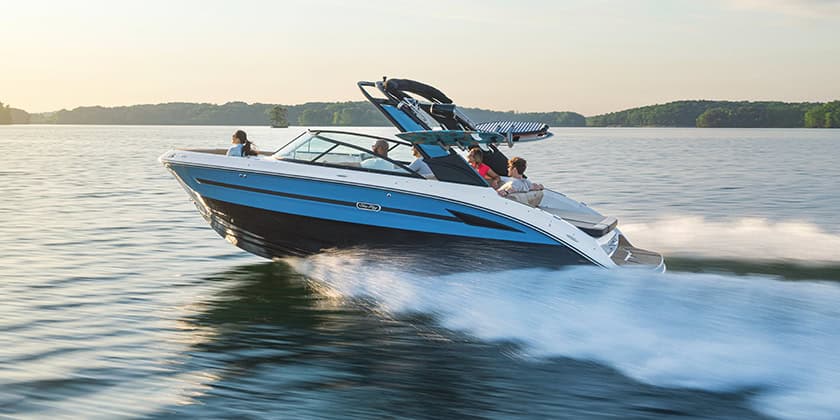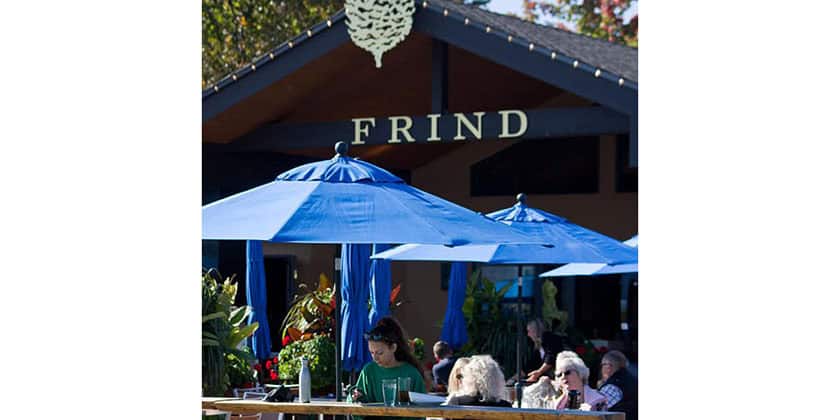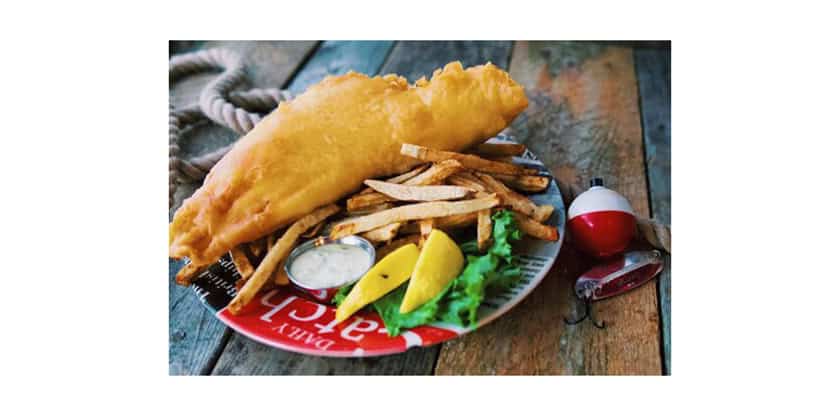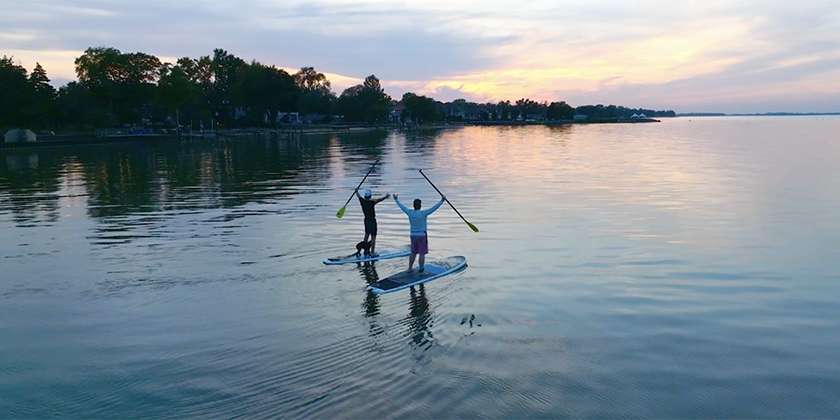Tanzer 31
A sound and pleasing design from George Cuthbertson.
By Carol Nickle and Bryan Gooderham
There must be a healthy market for the perfect 30-foot cruiser/racer – the boat that combines competent club racing performance with real cruising comfort for a couple or a small family for extended periods at a price tag in the neighborhood of $50,000. Tanzer Industries Inc. joins the ranks of manufacturers eyeing this target market with the introduction of the Tanzer 31, designed by George Cuthbertson. In many regards it is as successful as any of the contenders. It benefits from a sound and pleasing design, and comfort of the boat shine through.
Cuthbertson’s design features moderation all its proportions; a waterline of 24 feet, a beam 10 feet, six inches, and a draft (with fin keel) of five feet, three inches. The Tanzer 31 has medium displacement, but its generous mast head sail plan provides plenty of horsepower. One senses the unerring hand of the professional the value of Cuthbertson’s many years of experience at the helm of C&C Yachts and other companies makes itself felt. He comments about the 31: “She is no ultra light and she won’t surf but she will certainly make fast passages… plus win her share of club races”.
We found the exterior of the Tanzer 31 quite attractive, an unusual feat for this size of yacht since the demands of standing headroom and interior volume often compete with aesthetics. Neatly placed waterline, sheer stripes and the sweep of topsides rising gently toward the moderately overhanging bow succeed in creating a much streamlined look than many other boats achieve. The cabin-house is also reasonably streamlined; smoked acrylic windows reinforced the impression.
Stanchion Bases and Pulpits are study and the bow casting incorporating an anchor locker in the bow, a location that may expose it to more wear and tear than spot further aft. The mast is deck-stepped, with a somewhat bulky but effective looking tabernacle for easy lowering of the spar. Deck hardwareis up to industry standard, and Tanzer generously supplies two cars on both genoa tracks to ensure a clean lead to winches on the cock pit coaming. All hardyards are led aft on the cabintop and are serviced by winches. On a light, bright day in early September we went out with Bob de Athe and Lynne Zehethofer on Bob’s new Tanzer 31.
 With breezes building gently from five to 10 knots, we were pleased to see that the boat accelerates well in light air. The helm was well-balanced and very comfortable. Bob told us that even in heavy weather the helm remains very well-balanced, and the boat stands up to its canvas and provides a good, dry ride. We were impressed with the size and comfort of the T-shaped cockpit. George Cuthbertson later told us that he took extra time and care designing the height, angles and levels of cockpit seats and backrests, together with weather rail seating for the helmsman. Even with five adults in the cockpit we found we were not crowded and didn’t get in each other’s way handling sail trim.
With breezes building gently from five to 10 knots, we were pleased to see that the boat accelerates well in light air. The helm was well-balanced and very comfortable. Bob told us that even in heavy weather the helm remains very well-balanced, and the boat stands up to its canvas and provides a good, dry ride. We were impressed with the size and comfort of the T-shaped cockpit. George Cuthbertson later told us that he took extra time and care designing the height, angles and levels of cockpit seats and backrests, together with weather rail seating for the helmsman. Even with five adults in the cockpit we found we were not crowded and didn’t get in each other’s way handling sail trim.
Visibility for the helmsman from the weather rail or standing behind the wheel is excellent, although short folks will find it a little hard to see over the cabin-top from the helmsman’s seat in the cockpit. The mainsheet traveler is located on the bridge deck aft of the companionway, a sensible arrangement for sail handling. However, some people object to having the mainsheet in the way of the main hatch, so to accommodate them and make the boat easy to single hand, the mainsheet tackle can be moved further aft on the boom and attached to a padeye on the cockpit floor, just ahead of the binnacle.
As usual, we thought the standard jib-sheet winches were a little small and we’d recommend the optional two-speed alternative. Mind you, it’s nice that self-tailers are being offered as standard equipment. Under the starboard cockpit seat there’s a huge locker with a plywood “floor” and additional stowage underneath. There’s also a large lazarette space under the helmsman’s seat, which would be more useful if dividers or bins were provided. Small cubbyholes in the cockpit coaming on each side are good for storing incidentals like sunglasses, suntan lotion or gloves, depending on the season.
Our first impression of the cabin of the Tanzer 31 was that it is the most spacious and inviting of any yacht we’ve seen in its size range. Two contributing factors, in addition to the basically attractive proportions of the interior volume, are the large fixed windows and the clean fiberglass headliner. The basic layout includes a double quarter-berth to port with a modest-sized chart table at the head of the berth and the galley area to starboard.
The main cabin features an L-shaped settee to port and a short, loveseat-sized settee to starboard. The major drawback we found in the interior design was placement of the foot of the L-shaped settee which extends athwartships just ahead of the chart table, partially blocking the companionway ladder and making access somewhat difficult. The design change (in original drawings the L shape was apparently the other way around) was made to accommodate modifications in the galley.
The double quarter-berth is a little narrow for two big adults but it avoids the oppressive “low ceiling” effect because it doesn’t extend under the cockpit sole. There’s plenty of stowage in lockers under the berth. A narrow shelf above the outer edge of the berth would be a useful addition. The seat for the chart table is the head of the berth, a sensible use of limited space.
The galley features a two-burner alcohol stove; we would recommend any serious cruiser opt for the propane alternative, a good-quality three-burner model with oven. The basic L-shaped layout of the Tanzer 31 galley is practical. There’s a good, deep sink and the dish lockers are roomy and serviceable. Tanzer also provides two moderate sized iceboxes, one on either side of the stove. However, with the bigger stove this means there are no drawers and rather limited bin storage.
Again, it’s a question of priorities. A useful addition to the galley would be more in the way of fiddles and a bar across the front of the stove. The main saloon is very appealing, with comfortable upholstery and nice, simple settee backs. The double berth to port can be assembled quickly and easily in a way that doesn’t require a gymnastics medal or an engineering degree. The attractive and functional floor mounted table is finished in a furniture grade wood-grain arborite, a nice blend of practicality and good looks.
There is plenty of stowage in the saloon area, with closed lockers above the settee backs and open shelves behind them, as well as open lockers underneath the berths. A sensible bottle locker is located in the middle of the table. Forward of the saloon, a well-produced head compartment lies to port. It has doors to ensure privacy from both the main cabin and the forward V berth simultaneously, a feature you should get on any boat of 30 feet or more.
There’s lots of useful stowage. Tanzer has added mirrored panels on the sliding locker doors which would be more useful a little higher. In future production Tanzer plans to install a mirror panel on the bulkhead behind the sink. Opposite the head is a roomy hanging locker. The forward V berth is small; you wouldn’t sleep two adults in comfort there, but then you probably wouldn’t need to.
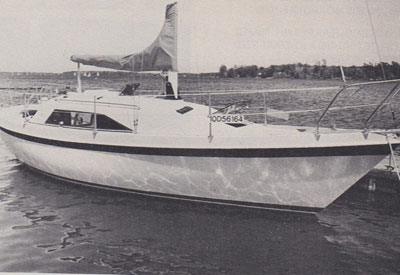 We certainly wouldn’t intend to sleep more than four adults on a boat this size. There are deep-fiddled shelves all around the sides and foot of the V berth, and an open stowage area under the cushions. Ventilation is provided by an opening hatch in the main cabin, two small hatches in the head and passageway and a two-foot-square hatch in the forward cabin.
We certainly wouldn’t intend to sleep more than four adults on a boat this size. There are deep-fiddled shelves all around the sides and foot of the V berth, and an open stowage area under the cushions. Ventilation is provided by an opening hatch in the main cabin, two small hatches in the head and passageway and a two-foot-square hatch in the forward cabin.
Opening ports are also available as an option for the main saloon, but we like the style of the fixed windows and the light they let into the cabin. However, we recommend an optional opening port in the cockpit wall beside the quarter-berth. Throughout the interior of the yacht, Tanzer Industries has made liberal use of teak joinery and bulkheads. The Tanzer 31 has a hand-laid fiberglass hull. The deck and cockpit are reinforced with a core where necessary.
We judged glass work on the interior of the hull to be adequate. The standard keel material is cast iron, although a lead version of the fin keel can be ordered. We greatly prefer lead, especially for saltwater applications. Electrical and plumbing systems appear suitable, with a generous 35-gallon water tank and a more limited 15-gallon holding tank. Access to the engine is good, though the addition of insulation would make engine operation quieter.
Under power the Tanzer 31 maneuvered well in forward gear, although its response to a shift to reverse was very sluggish, which could make jockeying in tight comers difficult. Eric Spencer from Tanzer noted that the company is actively considering enlarging the size of the standard propeller, which should not only solve this problem, but also increase top speed under motor by about three-quarters of a knot.
Despite relatively low-key publicity, some 25 Tanzer 31 s have been delivered since the boat’s introduction in the early summer of 1984, and we expect it to prove broadly popular. Fundamentally the boat’s pleasing and functional layout delivers the essential features buyers want, and it does so graciously and without gimmickry.
Carol Nickle is an independent financial consultant. Bryan Gooderham is the owner of Bryan Gooderham Yacht services and a member of the crew of the Sorc and Admiral’s Cup Racer Amazing Grace.
Originally published in Canadian Yachting’s December 1984 Issue.
Photo Captions: The galley features a deep sink, roomy dish and two iceboxes. The main cabin features an L-shaped settee to port and a loveseat sized settee to starboard. The Tanzer 31’s exterior is attractive with a streamlined look often difficult to achieve in this size.
Specifications:
LOA………………………30ft 7in
Waterline…………….25ft
Beam……………………10ft 6in
Displacement……….8,300lbs
Ballast………………….3,400lbs
Draft…………………….5ft 3in
Shallow Draft………4ft
Headrom………………6ft 4in
Berths…………………….6
Tanks
Water…………………….35gal
Fuel………………………..20gal
Holding…………………..15gal
Engine………………Yanmer diesel
2-cylinder 15hp
Sail Measurements:
I…………………………….41ft
J…………………………….12ft
P…………………………….37ft
E…………………………….12ft
Sail Area…………………478ft2
(Main + 100%)
Base Price ………………$54,000 (In 1984)
(Working Sails incl)










